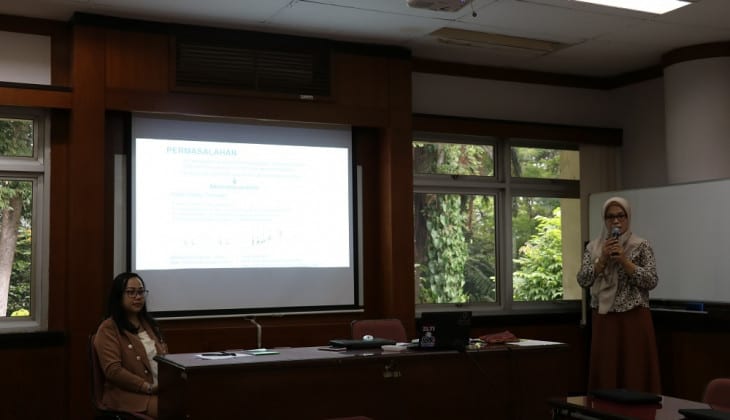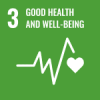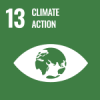
Torosiaje Mangrove Forest in Gorontalo has a variety of soil bacteria potentials called actinomycetes that produce antibiotics.
“From the research using a molecular approach, antibiotic-producing actinomycetes were found from the rhizosphere of seven species of mangrove trees,” said Yuliana Retnowati, a doctoral student at the Faculty of Biology UGM on Monday (7/22).
During the dissemination of her research findings, Yuliana explained that antibiotic-producing actinomycetes were identified as members of the genera Streptomyces, Saccharomonospra, Nocardiopsis and Mycolatopsis. Two superior isolates of the genus Streptomyces, namely Streptomyces qinglanensis strain BUFA-2, and Streptomyces sanyensis strain BMFB-9, produce antibiotics with antibacterial and antifungal activity against microbial pathogens Escherichia coli, Staphylococcus aureus, Bacillus subtilis, Aspergillus niger, dan Candida albicans.
“The antibiotics produced are Beta-lactam, Aminoglycoside, and Aromatic Polyethicides,” said the lecturer at Universitas Negeri Gorontalo.
Yuliana said the results of the research could later be used as a policy basis for the provincial government in Gorontalo, specifically the Pohuwato district in the efforts to conserve mangrove forests. Mangrove forests have natural resources that can be developed in the pharmaceutical sector.
At this event, Ratna Stia Dewi also presented her doctoral research on the use of batik industry waste as a biodegradation agent for indigosol blue 04B batik dye liquid waste. The results showed that superior fungi could decolorize on a medium of more than 99%, thus clearing up Indigosol Blue O4B batik waste with the highest percentage of decolorization value of 98%. In addition, it has a low toxicity that affects both Bacillus cereus, Azotobacter sp., Staphylococcus aureus and Escherichia coli and does not affect the growth of Zea mays and Vigna radiate.
“Interestingly, the degradation product was identified as a simple compound. Through this research, a biological product can be made that is environmentally friendly, cheap and easy to apply as a processor for batik liquid waste,” explained the lecturer of Universitas Jenderal Soedirman, Purwokerto.
Syahran Wael, lecturer from Universitas Pattimura Ambon, also delivered the results of his doctoral research on the potential of clove leaf compounds on the sexual behavior of male rats. He said that the content of clove leaf compounds, eugenol, β-caryophyllene, α-humulene, and caryophyllene oxide has potential as aphrodisiac and PDE5 (Phosphodiesterase type 5) inhibitors. Aphrodisiacs are chemical compounds that have the ability to increase libido or arouse sexual desire, while PDE5 inhibitors are used to treat erectile dysfunction in men.
The results of his research showed a significant increase in sexual behavior and testosterone in blood and brain. In addition, the administration of these clove leaf compounds causes enlargement of the seminiferous tubules, dilation of the corpus cavernosa urethra, and occurrence of PDE5 inhibitors in the rat penis tissue.



